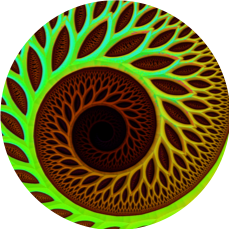Chapter 13.1-13.3: Bacteria, Archaea and Protists
- You will not be tested on viruses.
- Bacteria and Archaea are prokaryotic. What does that mean?
- Be able to draw (and interpret) the phylogenetic tree of the three domains of life: Bacteria, Archaea, and Eukarya.
- Bacteria are ancient, diverse, abundant, and ubiquitous. What do each of these terms mean?
- The oldest fossils we have are from which domain of life?
- How many species of bacteria have been named? How many are likely?
- How deep in the ocean have prokaryotes been found?
- What temperature range can prokaryotes live?
- Who is credited with the Germ theory of disease?
- What are Koch’s postulates and what are they used for?
- What caused the tremendous decline in mortality rates after 1900?
- What is virulence and why is it important to humans?
- When were antibiotics discovered? What has been the effects of their overuse?
- What is meant by the word “extremophile”?
- Describe how bacterial species are described?
- What is an enrichment culture used for? What is its purpose?
- How are bacterial species found using direct sequencing?
- Who discovered Archaea?
- How did Carl Woese redraw the “tree of life”?
- Why did the five kingdom of biological classification fall out of favor?
- Are Archaea more closely related to Bacteria or Eukarya?
- Which are older: Archaea or Bacteria?
- What is the difference between an autotrophic and heterotrophic bacteria?
- Were the first bacteria thought to be autotrophic or heterotrophic?
- What is the morphological difference between Bacteria and Archaea?
- What is the difference between protists and prokaryotes?
- The earliest eukaryotic organisms must have had ________.
- Describe the leading hypothesis of the origin of the nuclear envelope. What evidence supports it? What is the advantage of having a nucleus?
- Describe the leading hypothesis of the origin of the mitochondrion. What evidence supports this? What did the mitochondrion provide the eukaryote? What did the eukaryote provide the mitochondrion.
- Describe the leading hypothesis of the origin of the chloroplast. What evidence supports this? What did the chloroplast provide the eukaryote? What did the eukaryote provide the chloroplast?
- What is the endosymbiosis hypothesis?
- What is meant by secondary endosymbiosis?
- What are the three ways protists move?
- Of the major lineages of Eukarya, how many contain protists?
